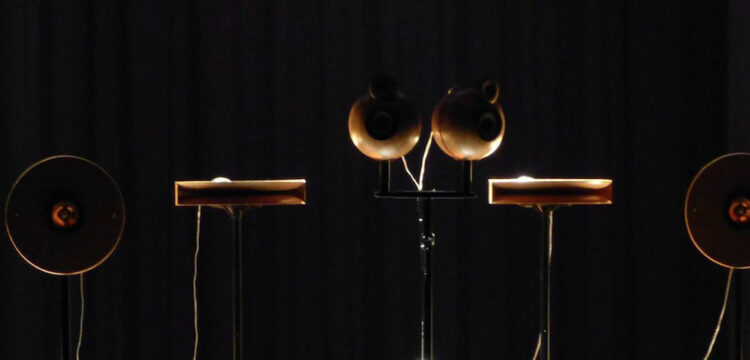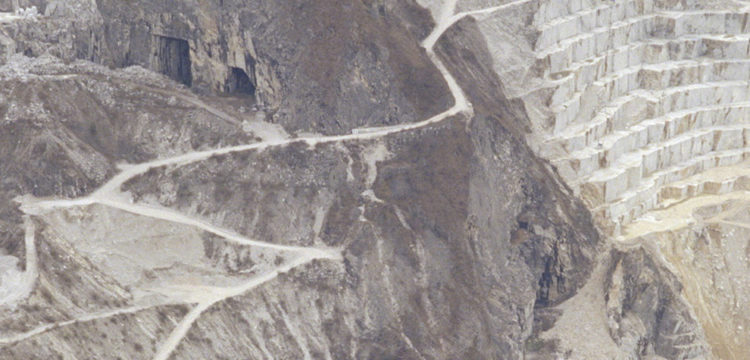Expanded River Listening
A conversation with Margarida Mendes
Last June in Milan, researcher, curator, artist, and educator Margarida Mendes was invited to contribute to the inaugural edition of the cultural event Terraforma Exo, held on June 15 and 16 in Parco Sempione. Her lecture, titled Expanded River Listening, recounted her journey along the Mississippi and Tejo rivers, back in 2019. The purpose of the trip was to explore and analyze the connections between the soundscapes and landscapes she encountered, beyond the untamed appearance of the view.
Navigating and camping along the riverbanks while engaging in dialogues with local activists and scientists, Mendes dug into the “background noise” of those remote surroundings to identify and analyze what she termed the “sonic residues of toxicity”: alterations in the soundscapes of territories that reflect the impacts of changing conditions and extractive practices.
Specifically, Mendes witnessed how sonic tools can be used to read and unveil the complexity of the petrochemical corridor, which stretches over 160 km along the Mississippi River, by registering power dynamics at play before they are fully legible in the landscape.
Mendes’ research intricately weaves together sound, landscape, and social implications. In her writings, she frequently borrows terminology from the realm of sound to describe the places she explores. Terms like “synchrony,” “noise,” “attunement,” and “rhythm” are employed to refer to environmental transformations, which are mapped through the sounds that accompany and bear witness to these changes. Sound is not merely considered a component of the landscape, but the language through which a territory communicates and calls for help.
Clara Rodorigo: In your text Sounding the Mississippi, you vividly depict the sounds and impressions from your journey along the river. It made me think of David Toop’s exploration at the beginning of his book Ocean of Sound, where he delves into the nuances of everyday sounds. Curiously we crossed paths right after attending a lecture by Toop at Terraforma Exo, last June.
The terms you employ to narrate your journey—like the rhythmic flow of the river and the evolving perception of time—seem rooted more in a sonic lexicon than in traditional environmental descriptors. I guess this is aimed at underscoring a deeper connection between sound and our perception of space and time. In your view, are sonic elements indispensable and inherently intertwined with our environmental experience? How?
Margarida Mendes: Everything in nature produces rhythm, hence existence is profoundly rhythmical and sound is always intermingled with one’s environmental experience. This is always a very singular and unique perspective. Our environmental adaptation has always been shaped by the different impulses and reactions to rhythmic patterns, which deeply affect our senses and perception. So yes, I would say that sound is deeply connected with one’s perception of space and time, and that environmental experience, and evolution is deeply rhythmic—as pulse, vibration, and metabolism affect morphogenesis throughout.
In my work, I am concerned with these topics in relation to the patterns that the industry may imprint on bodies and social systems, and how these grow in adaptation to their surroundings. I am interested in how different species adapt to rising background noise and environmental transformations. And how these are co-produced.
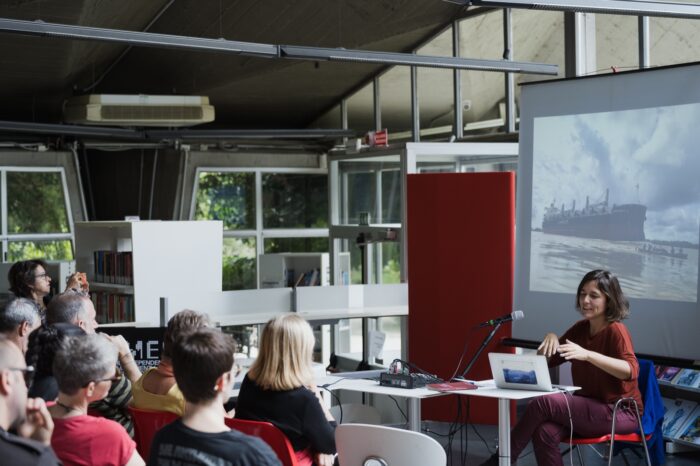
You recount the experience of camping as a blending of bodily interiority and environmental exteriority, where the tent’s thin membrane acts as a living second skin, directly interfacing with external elements. Do you believe that engaging directly with nature is essential to enhance our understanding of the interconnected relationship between humans and non–human entities?
For Amerindian cosmology, everything has once been human. There are many natures and only one culture. The theory of perspectivism, which comes from Viveiros de Castro, after Kopenawa and the Yanomami people, teaches us that. There is little difference between us and others, however, there are always different individual experiences.
I believe that at the time I wrote that text piece on my Sounding the Mississippi research I was referring to the continuous exposure to background noise, and how the thin membrane between my body, the environment, the surrounding animals, and industry, was getting ever thinner. I sensed little distinction between the inside and outside of my body and the sonic continuum around me. I wrote from a place of wonder and immersion, which the exposure to long fieldwork periods outdoors always enhances. When one is exposed to the elements for long, this shifts our perspective about matter, the space of othering, and other processes going on around us.
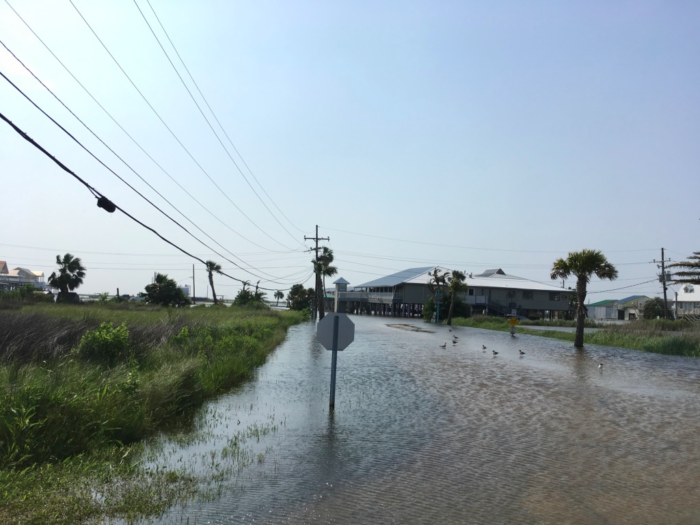
The act of listening, as you describe it, is “intersubjective,” embedded within an environmental framework that links sound with architecture. What opportunities do you envision within this perspective? Do you believe in cultivating and guiding listening towards heightened awareness, possibly transforming it into a practice of subversion or resistance?
Listening creates a space of encounter. Think per example of feminist scholar Sarah Ahmed’s writing, who speaks to us about “hearing as touch”, and how the intersubjective space is always aurally diverse, while accounting for the confluence of different forms of experience. Most of my practice is focused on exploring listening as a mode of raising awareness to interspecies relations and the political dimension of the sensory, as it is spatialized through different dynamic systems, affecting communal relations.
As I surveyed sonic infrastructures for ocean prospection, and had conversations with activists around toxic sites, listening became an investigative tool that I deployed to test its agency and effectiveness towards raising awareness of environmental relations. This has affected how I create works, and produce more just protocols for listening, definitely resulting in a form of sonic activism. So yes, I think there is definitely a form of sensuous resistance in sonic literacy.
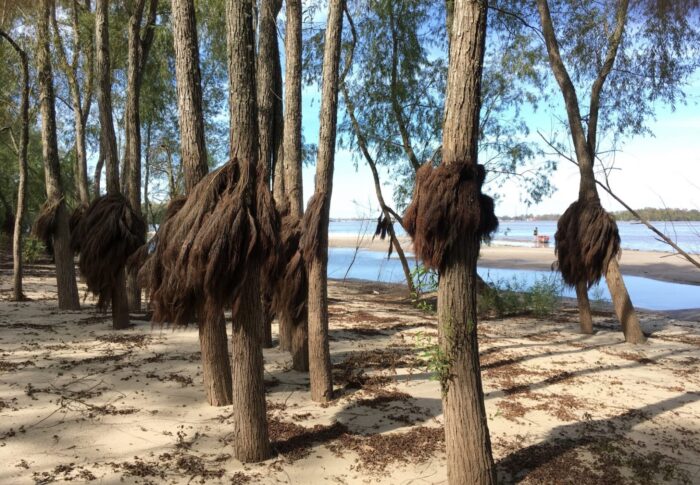
I’m particularly interested in your proposition of interpreting sound as a forensic medium, capable of providing tactics. This made me think of Brandon LaBelle’s argument that “Background Noise” can reveal the underlying dynamics and tensions within a given environment, reflecting broader cultural, social, and political contexts. Can you expand on the concept of “counter sonicity” and sound as a medium for sensing the environment?
Sound traces ongoing relations before they are imprinted in the geological strata, revealing layered conditions against the fixity of representation.
I was thinking of counter-sonicity in my essay A Sonic Ocean as I looked at how different scientists and military interventions used sonic tactics as a mode of creating different interactions. Either for ocean conservation purposes (think per example of the pinger sounds emitted by fisherman boats to avoid fish bycatch, or the experiments with coral reef and oyster reproduction in Australia induced by sound). In both these cases frequencies are deployed to counter other frequencies in order to provoke a particular stimulus on marine fauna, and allow its reproduction. I am interested in some of these tactical conservation strategies, and how sonic modes of knowing are being deployed towards different ends.
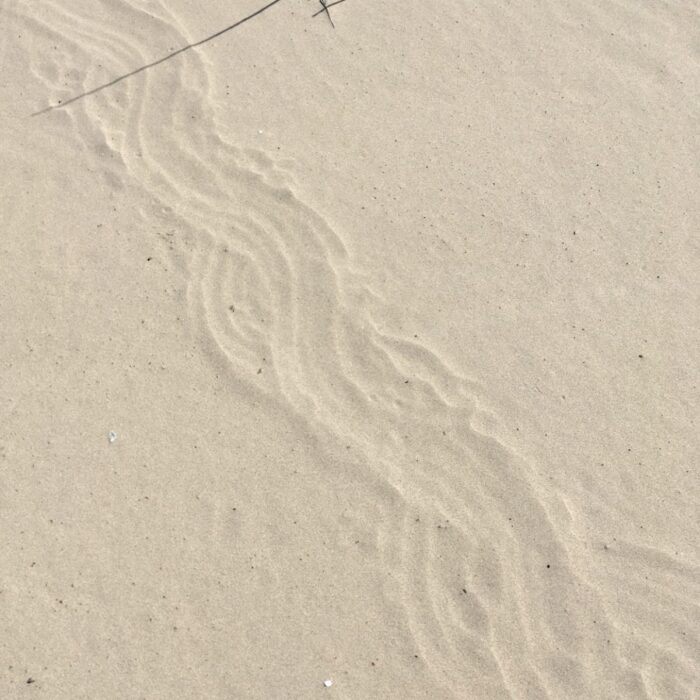
When you ask yourself “Could one develop forms of restorative listening to soundscapes under constant distress?”—are you implying that the act of listening could also entail a practice of care?
In my view, it is always a practice of care. I seek modes of attentive listening that enhance relations between different communities (not only humans), and my thesis project on “Sensorial Ecologies” was looking exactly at how we can enhance practices of sonic literacy as a mode of engaging in environmental conservation, leading to more just forms of cohabitation. This entailed leading listening circles with communities who were exposed to toxic events, allowing their grief to be expressed, as well as having a series of conversations that led to generating more conscious practices of listening, among scientists, policy-makers, and different coastal communities. It is my hope that if we recover listening relations, the core of our existence might be also cared for. And this might be a way of promoting better environmental guardianship, intergenerationally.



